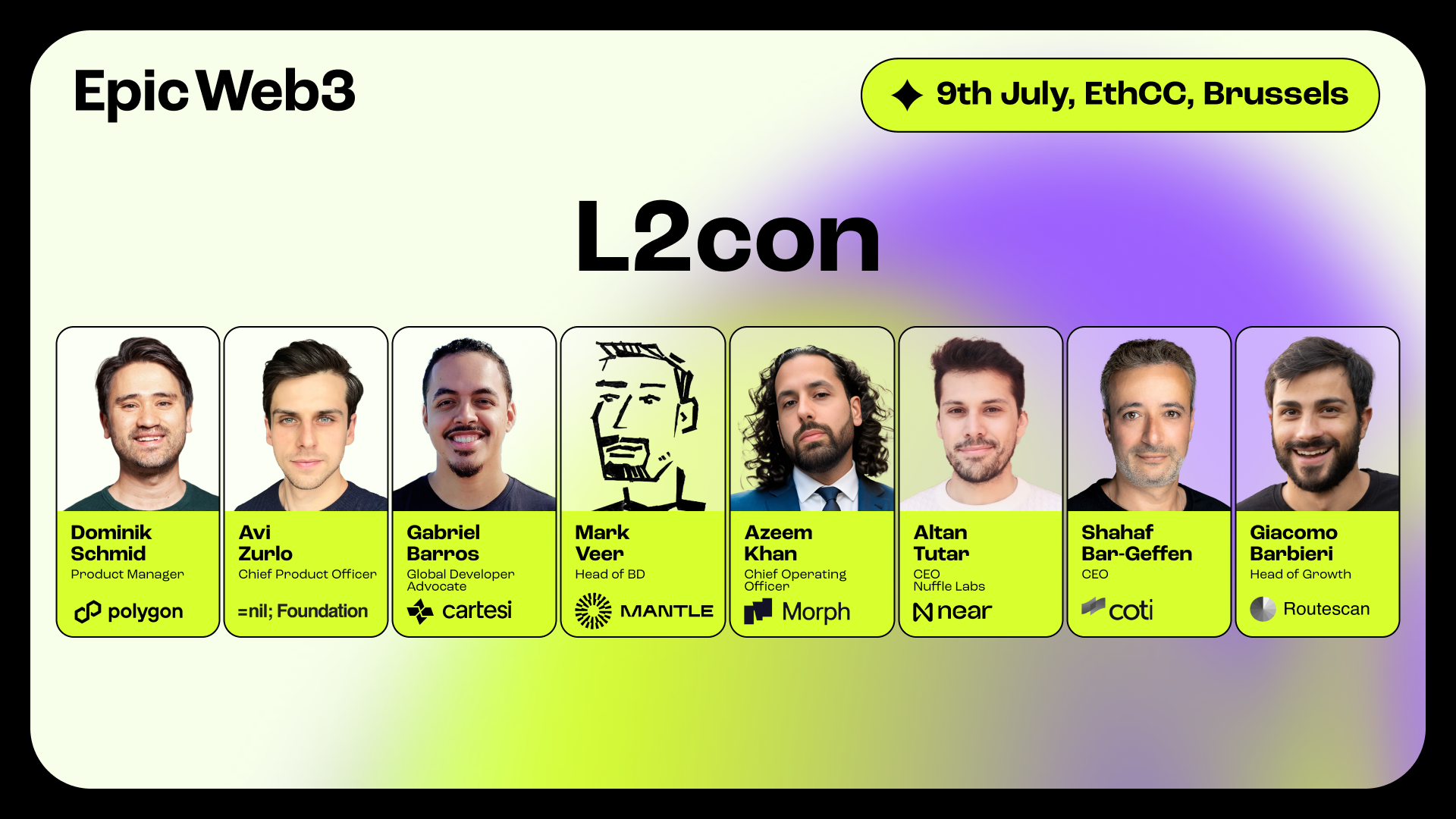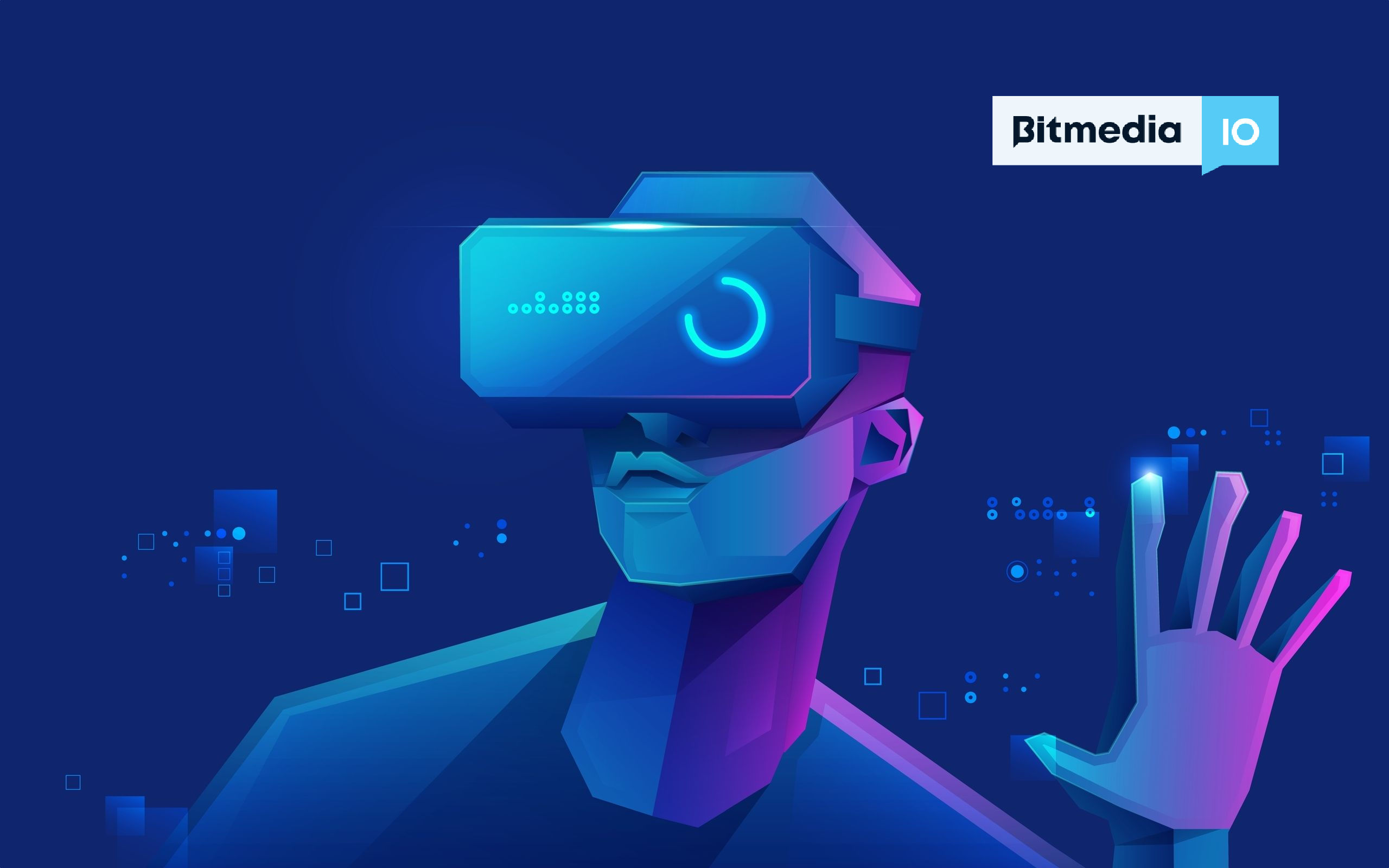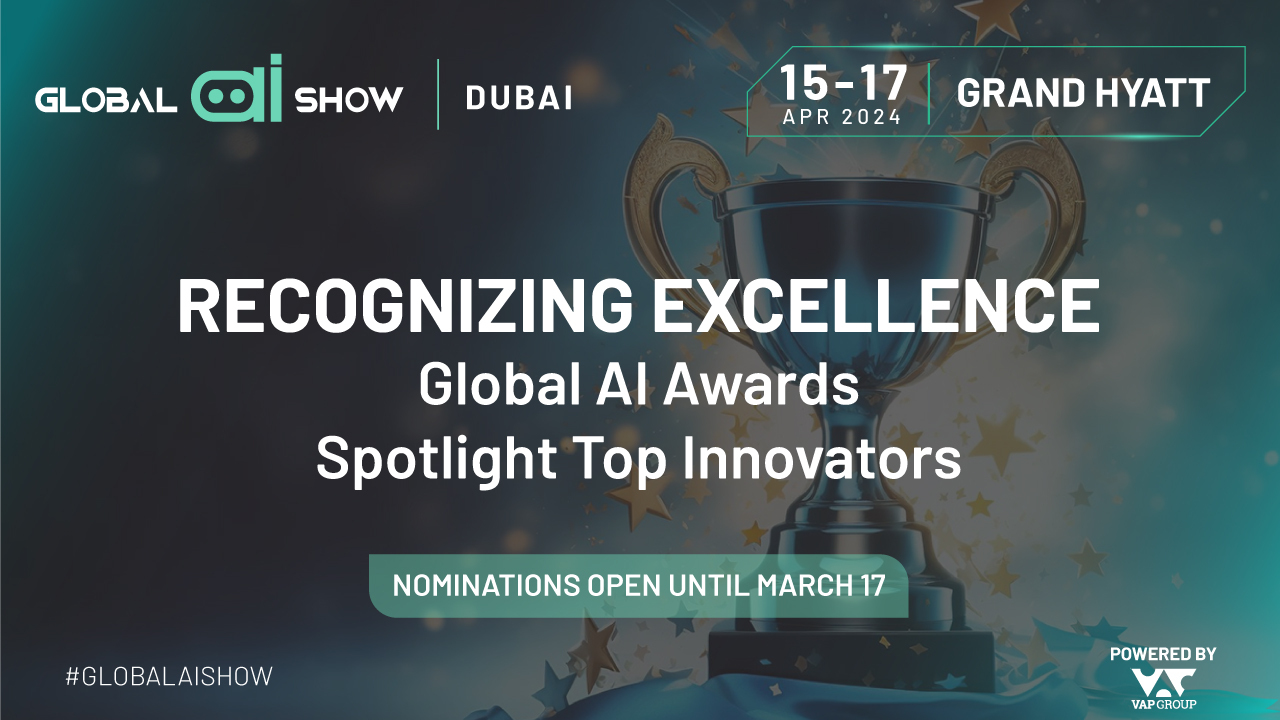How AI and Web3 Are Set to Reinvent Businesses Together

Two titans have emerged with the potential to redefine the very fabric of business and organizational models: Artificial Intelligence (AI) and Web3. Individually, they offer significant advancements; together, they promise a synergy that could address each other’s limitations, accelerating adoption and fostering a wave of innovation that might just transform the global business environment.
Addressing Mutual Shortcomings
AI’s journey, particularly with the advent of generative AI (GenAI), has been marked by a remarkable surge in interest due to its capabilities in data processing and analysis. However, trust remains a significant barrier, with concerns over misinformation and the ethical use of AI technologies. Web3, with its blockchain foundation, offers a solution through mechanisms like blockchain notarization, which can significantly enhance the trustworthiness of AI-generated content.
If you are tired of Chat-GPT and AI-generated content, go to Writer0x, where real crypto writers will craft the ideal content for your project
Conversely, Web3’s path to mainstream adoption has been hindered by its complexity and the lack of user-friendly interfaces. AI, especially GenAI, can simplify these complexities, offering more intuitive user experiences and making Web3 technologies more accessible to a broader audience.
How AI and Web3 are Poised to Transform Adoption Dynamics
The digital age, particularly with Web 2.0, has been marred by the proliferation of online misinformation, a situation that could be exacerbated by AI. The phenomenon of “hallucinations” – the generation of false information by AI models, often indistinguishable from the truth – poses a significant threat to the integrity of online information.
Furthermore, the potential misuse of Generative AI (GenAI) by malicious entities to produce synthetic media, including doctored data, videos, and avatars, amplifies these concerns, threatening to inject falsehoods into the digital ecosystem at an unprecedented scale and speed.
But how Web3’s verification mechanisms, such as blockchain notarization, could serve as a bulwark against misinformation. By creating a unique digital fingerprint for content and securing it on the blockchain, Web3 enables a level of content verification that can significantly boost trust in GenAI outputs. This, coupled with digital watermarking, could be instrumental in establishing the authenticity of AI-generated content.
Similarly, the collaborative potential unlocked by GenAI, particularly in handling unstructured data and merging it with structured data, opens new vistas for value creation from pooled data resources, including knowledge graphs. This opportunity is not without its challenges, given the regulatory and policy constraints on data sharing. Here, innovative solutions like multi-party computation and zero-knowledge proofs, underpinned by blockchain verification, can facilitate secure, regulation-compliant data collaboration.
In parallel, the mass adoption of Web3 faces its own set of challenges, notably the steep learning curve and the complexity of its technologies. Here, AI, and specifically GenAI, could serve as a digital navigator, simplifying Web3 sector for users through more intuitive interfaces and personalized experiences, thus lowering the barrier to entry.
Moreover, GenAI could herald a new era for Web3 applications by aligning with their digital-first nature. While the average consumer may find little appeal in using cryptocurrencies or smart contracts, for GenAI systems, these digital assets and agreements could offer a more efficient and straightforward means of value exchange and contractual engagements. As GenAI’s presence grows, it could significantly spur the widespread adoption of Web3 technologies.
While acknowledging the transformative potential of AI and Web3, it’s crucial to remain cognizant of the challenges that lie ahead, including scalability issues and environmental concerns. However, utilizing each technology’s strengths to address the other’s weaknesses, AI and Web3 could mitigate some of these challenges, paving the way for broader adoption and ushering in a new era of digital innovation.
Redefining Business Models
As these technologies mature, their impact is expected to ripple out from individual business functions to entire business models. Two primary forces will drive this transformation. Firstly, the automation capabilities of AI and Web3 will commoditize traditional skills and competencies such as supply chain management, research, development, and marketing. Organizations that have built their competitive edge on these capabilities may find themselves at a crossroads, necessitating the development of novel business models to sustain relevance and competitive advantage.
Secondly, the inherent decentralization and open-source ethos of Web3 promise to disrupt traditional business models profoundly. The current GenAI landscape, a mix of open-source and proprietary models, could see a significant shift towards open-source, driven by Web3’s principles. More disruptively, Web3’s decentralized architecture challenges the market dominance of platform-based companies, which have thrived on network effects under Web 2.0. By facilitating peer-to-peer interactions, Web3 could dismantle existing market structures, compelling businesses to rethink their models in the face of decentralization.
Transforming Organizational Structures for Agility and Intelligence
Beyond business models, AI and Web3’s convergence is set to redefine the very structure of organizations. The concept of Decentralized Autonomous Organizations (DAOs), pioneered by Web3, introduces a model of collective ownership and operation, eliminating the need for centralized control. Integrating GenAI into DAOs could amplify their adaptiveness and intelligence, pushing the boundaries towards a vision long contemplated but never fully realized: the superfluid enterprise. This concept represents an organization characterized by seamless flow of ideas and resources, minimal operational friction, and an unparalleled capacity for innovation and responsiveness.
Strategic Imperatives for Business Leaders in an AI-Driven World
The advent of transformative technologies like AI has consistently demonstrated the potential to redefine the competitive landscape, often in ways that catch even the most astute observers by surprise. The launch of ChatGPT serves as a prime example, showcasing breakthrough capabilities that many did not anticipate. This phenomenon underscores a broader pattern observed with disruptive technologies, which tend to follow an S-curve of adoption. Initially, progress appears slow, but upon reaching critical inflection points, these technologies can rapidly accelerate, leading to significant improvements and widespread market adoption.
Anticipating the Unseen: The Need for Vigilance
This dynamic landscape poses a critical question for business leaders: What other groundbreaking technologies might be on the horizon, currently underestimated or overlooked? The lesson here is clear—do not underestimate the pace of change. To stay ahead, businesses must cultivate a vigilant approach, developing mechanisms to continuously scan and track emerging technologies. This proactive stance is essential not just for survival but for thriving in an era of accelerated technological evolution.
Crafting an “AI-Plus” Strategy: Beyond Experimentation
In response to the generative AI (GenAI) wave, organizations worldwide are actively exploring use cases and developing proofs of concept. While these initial steps are valuable, transitioning from a reactive, tactical approach to a strategic, proactive posture necessitates a broader vision. Business leaders must contemplate how AI could enhance current operations and fundamentally transform their sector and disrupt existing business models. This forward-thinking approach is the cornerstone of effective future-back strategic planning.
However, envisioning the future of AI in isolation is insufficient. The true power of AI will be unleashed when it is considered in conjunction with other emerging technologies that might intersect or converge with it, potentially ahead of the anticipated timeline.
Strategic Adaptation: Embracing a Holistic Vision
For business leaders, the implications are profound. To lead in this new era, it is imperative to understand the capabilities and potential applications of AI and to anticipate how AI’s convergence with other technologies could open new avenues for innovation and competitive advantage.
The integration of AI and Web3 has the potential to propel organizations towards superfluidity, a state of reduced operational friction where ideas and resources are seamlessly connected, driving growth and innovation. For instance, AI can make supply chains more predictive and responsive, while Web3’s decentralized nature can ensure security and integrity. This combination could lead to entirely new business models, fundamentally altering how value is created, delivered, and captured.


